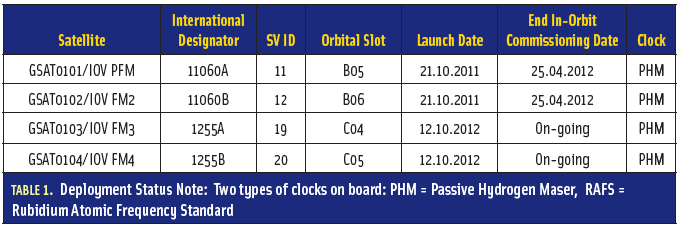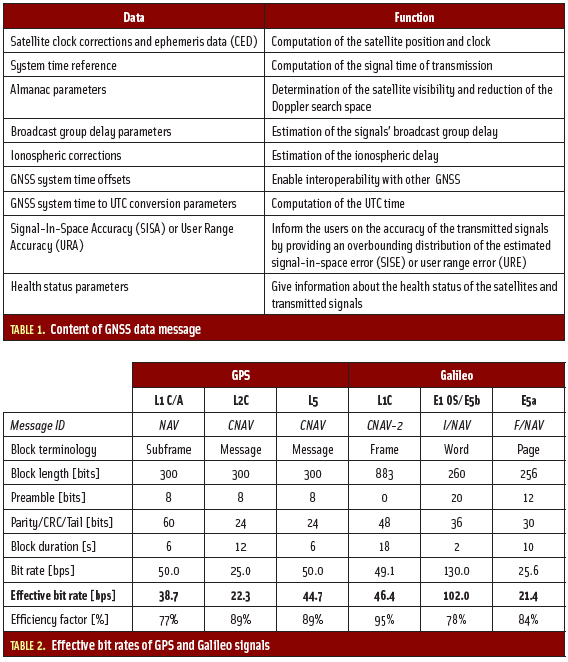 TABLE 1: Deployment Status Note: Two types of clocks on board: PHM = Passive Hydrogen Maser, RAFS = Rubidium Atomic Frequency Standard
TABLE 1: Deployment Status Note: Two types of clocks on board: PHM = Passive Hydrogen Maser, RAFS = Rubidium Atomic Frequency StandardEurope’s new age of satellite navigation has passed a historic milestone — the very first determina-tion of a ground location using the four Galileo satellites currently in orbit together with their ground facilities.
This fundamental step confirms the Galileo system works as planned.
By Inside GNSS Bayes Rule
Bayes RuleEngineering specialties
Navigation research and development is truly an interdisciplinary enterprise. I have focused on
By Inside GNSSOne of my fond memories as a boy growing up in rural northeastern Oregon is sitting on an apple box in the basement of our house reading back issues of National Geographic.
All those wonderful color photos. And the maps, with their little illustrated explanations of Roman ruins in England or Babylonian irrigation practices in the Fertile Crescent!
By Inside GNSSeCall is the European Union (EU) initiative aimed at reducing road casualties by increasing the speed and efficiency of emergency response. It involves a device installed in cars that will automatically dial the EU’s “112” emergency phone number in the event of a serious road accident.
Key data including time, date, and GNSS coordinates will be sent to the Public Safety Answering Point (PSAP) and then relayed to the most appropriate emergency service. The eCall is triggered by airbag deployment and impact sensor information.
By Peter GutierrezIt’s spring and privacy proposals are popping up in abundance, threatening to complicate the lives of law enforcement officers, spoil the landscape for some location-based businesses, and choke off the U.S. market for commercial unmanned aerial systems (UAS) before it gets off the ground.
By Dee Ann Divis
Working Papers explore the
technical and scientific themes that underpin GNSS programs and
applications. This regular column is coordinated by Prof. Dr.-Ing. Günter Hein, head of Europe’s Galileo Operations and Evolution.
View equations 1-4
View Equations 5-13
Q: What are the differences between least-squares and Kalman filtering?
By Inside GNSS